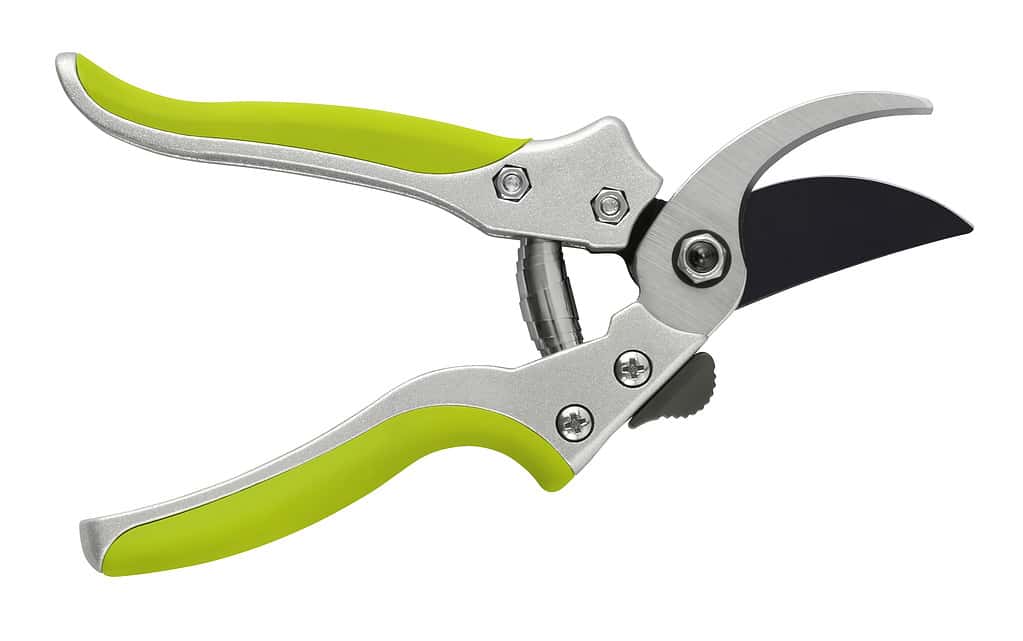Ferns captivate the imagination. These ancient plants give us a taste of what flora existed throughout human history. While most truly ancient species are extinct, there are still plenty of stunning options for your home. However, once you bring a fern (or two) home, how do you care for it in the winter? Does it have separate requirements during cold weather? We answer that question here and provide you with eight tips to help your ferns survive winter.
What are Ferns?

Ferns are an ancient plant that comes in all shapes and sizes.
©Carnegie42/iStock via Getty Images
Ferns are one of the most ancient plant families and one of the most diverse. There are an estimated 10,500 species of ferns known throughout the world. What they all have in common is that they are vascular plants. One of the plant families ferns belong to is Polypodiaceae, which has 1,200 species in 56 genera. However, that’s just a small sampling of the diversity out there. Scientists estimate there are at least 40 fern families.
There are a handful of distinguishing characteristics found in ferns. The first is that they are a non-flowering plant. They show off their diverse beauty in the unique foliage. Another distinguishing characteristic is that most species have rhizomes, which enable the plants to survive regardless of weather. The above-ground portion of the plants may die off in winter, but the rhizomes will continue to persist underground.
8 Tips for Keeping Ferns Alive in the Winter

Bring in your fern before the first frost to ensure your fern survives winter.
©Totokzww/Shutterstock.com
The best part about cultivating ferns is that they are easy to care for, in every season. Keeping your ferns alive in winter only requires a handful of steps.
#1 – Don’t Wait to Bring Them Indoors
Ferns are not very frost tolerant and definitely cannot handle freezes. However, most species do well in USDA Hardiness Zones 4 to 8, so they can survive the winter. The key is to bring your potted ferns inside before the first frost, preferably earlier.
#2- Use a Blanket
Not every winter comes in with a bang. Sometimes, the temperatures fluctuate drastically before the colder weather finally settles in. If you live in one of those regions, it is possible to leave your ferns outside a little longer. But gently place a frost cover or blanket over the plants on colder nights to help protect the delicate foliage.
#3 – Remove Insects and Debris
Ferns can make a mess inside. The best way to avoid this is to give your fern a “bath” before bringing it inside. On a warm fall day, take a hose to your fern. Spray the underside of the foliage to target any residual insects and loose leaves. Make sure the plant has time to dry completely before it grows colder. Doing so will prevent dangerous frost or ice buildup on the leaves.
#4 – Prune

Use pruning shears or clean kitchen sciessors to prune your fern.
©Visivasnc/ via Getty Images
Pruning the fern before bringing it inside will help remove dead or dying leaves, preventing them from falling on your floor. You can cut it back as far as you’d like to fit it in the available space. But it isn’t necessary to prune it back too far. Shake the plant to ensure any residual pieces fall out.
#5 – Bring Container Inside
Once you have prepared your fern for overwintering, it is time to bring the pot inside. These beautiful plants don’t need a lot of light. Indirect sunlight is ideal. So, find a location sheltered from drafts that doesn’t receive too much sunlight. Darker areas of your home are ideal. Garages and basements can work, provided they are not too drafty.
#6 – Don’t Overwater
Like all perennials, ferns go dormant during the winter. Since they are not actively growing, they only need a little water. But that doesn’t mean you can leave them high and dry. Keep an eye on the soil. Once it dries out, feel free to water. However, take care not to overwater. The roots won’t soak up as much liquid as they will during the summer.
#7 – Avoid Fertilizer
Since your fern isn’t actively growing, it also doesn’t need added nutrients. Avoid adding any fertilizer to your fern in the winter. You can add slow-release fertilizer in the spring once the weather warms up.
#8 – Consider Humidity Levels

Misting the leaves will help increase the humidity level.
©Andrii Salomatin/Shutterstock.com
These tropical plants love humidity. So, you won’t want to neglect this aspect of their care during the winter. If your plants begin showing signs of stress, consider increasing the humidity level. You can mist the leaves to offer direct moisture. Or add a water dish nearby to boost the overall humidity area near the plant.
The photo featured at the top of this post is © Przemyslaw Muszynski/Shutterstock.com
Thank you for reading! Have some feedback for us? Contact the AZ Animals editorial team.







